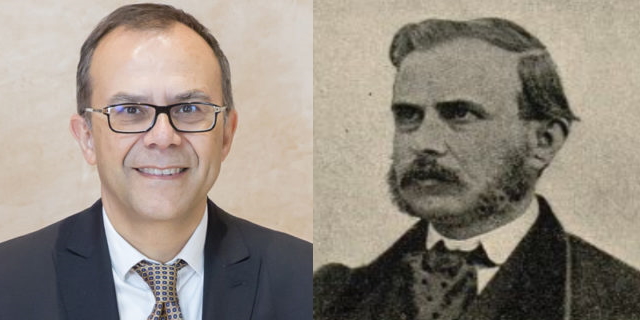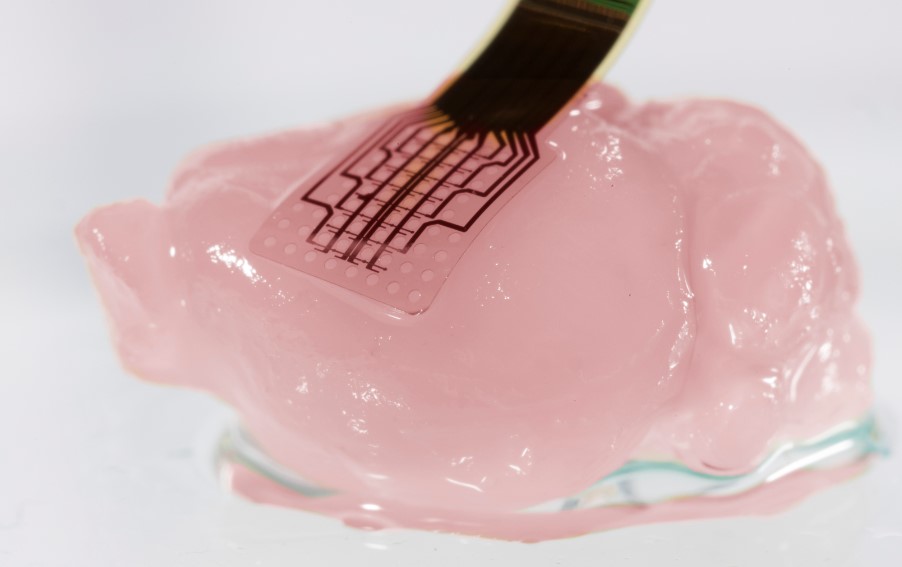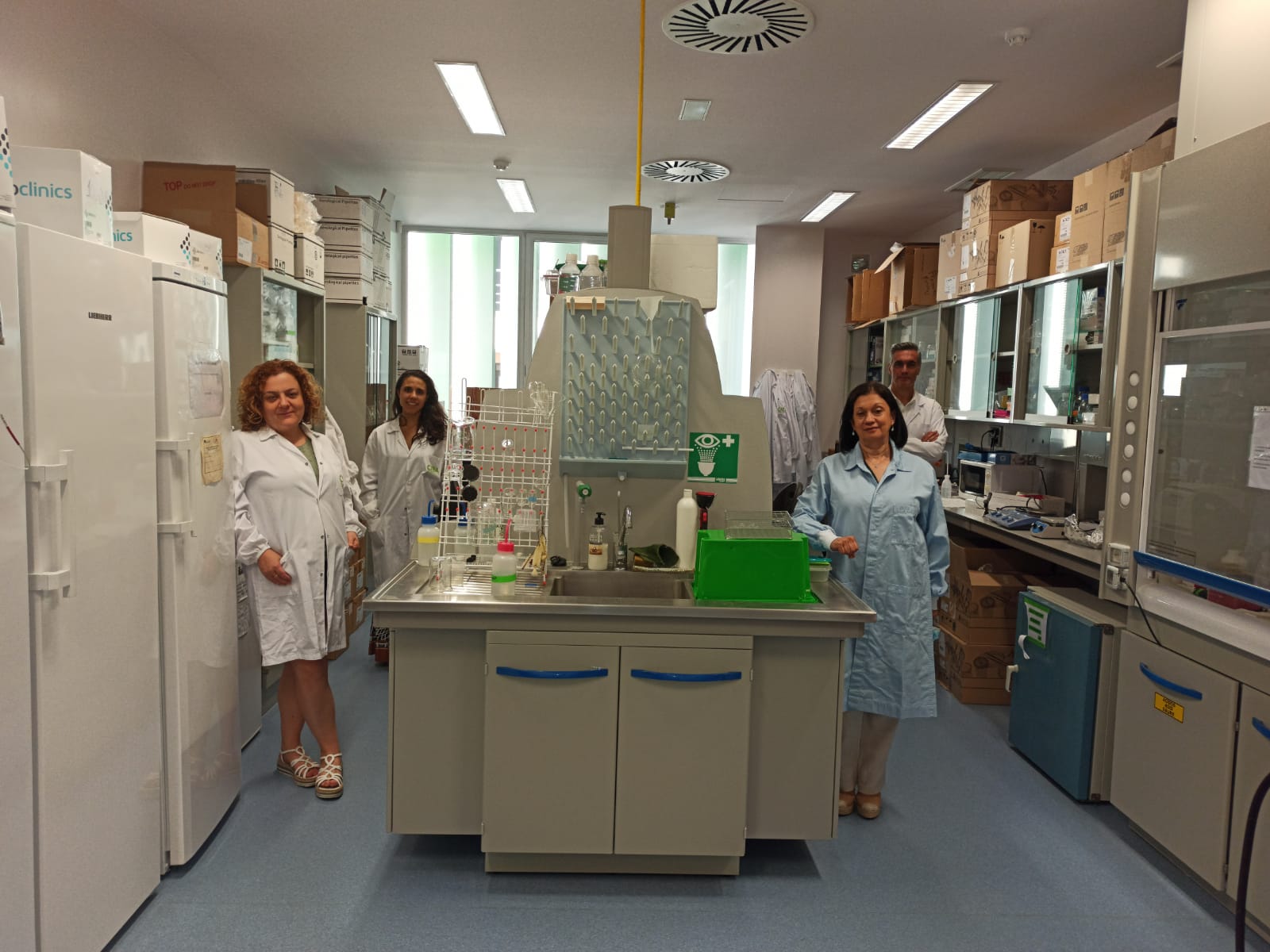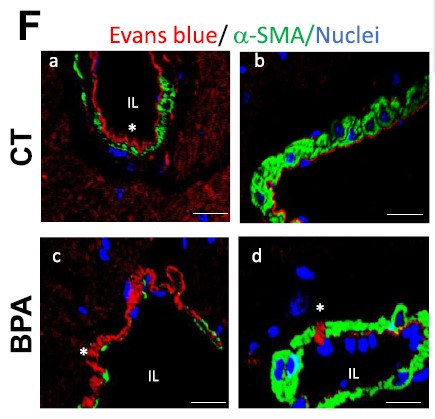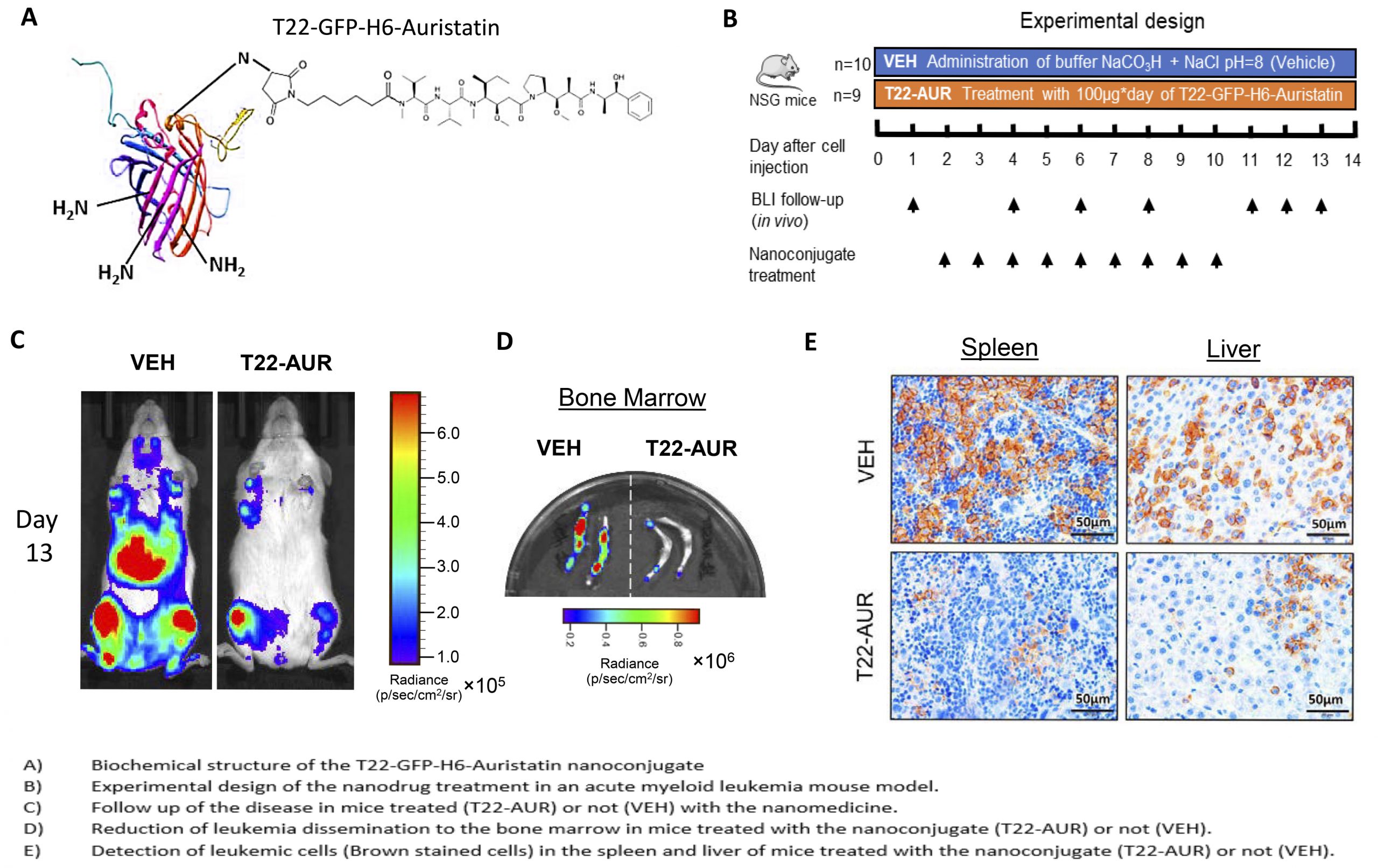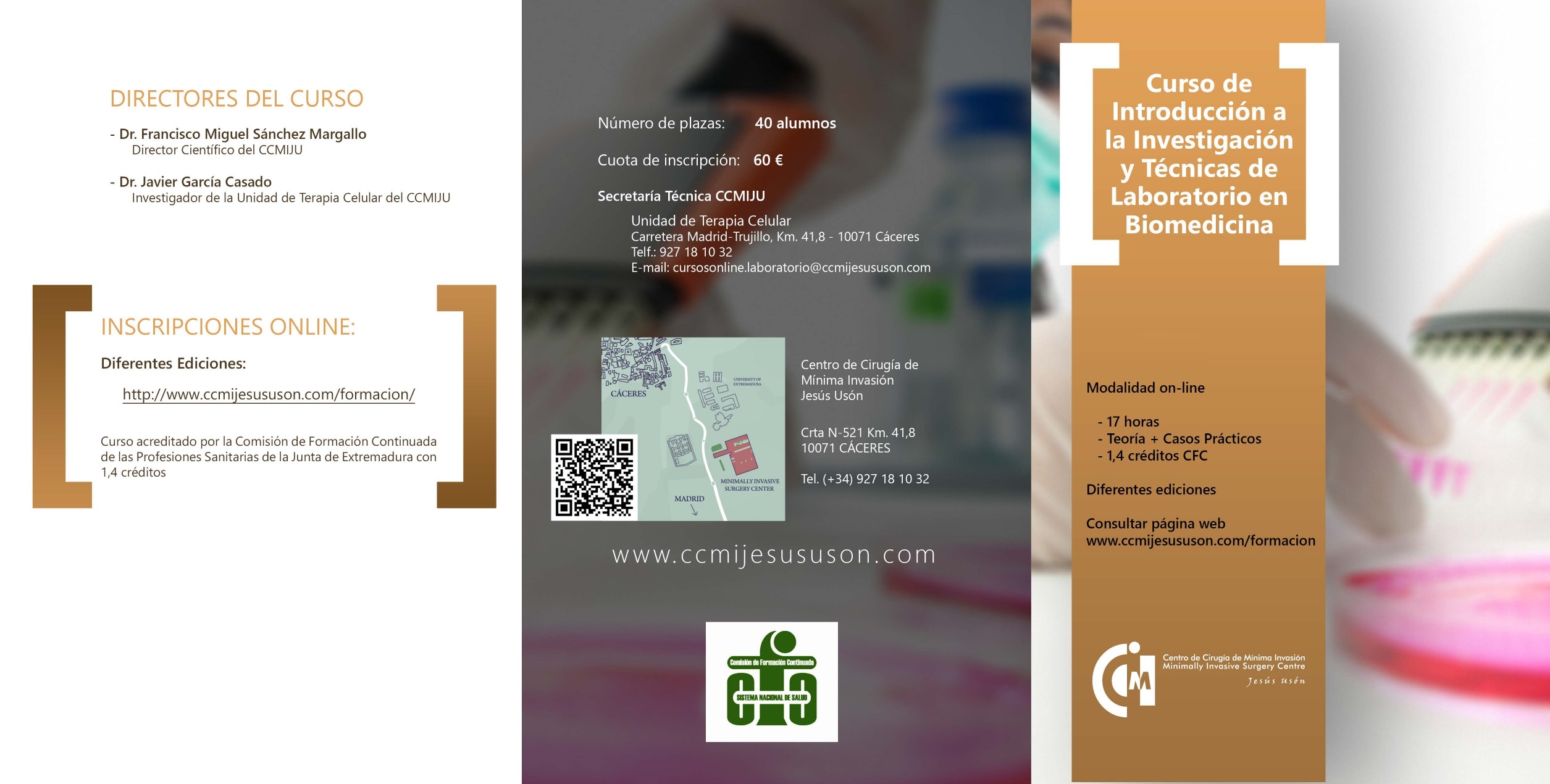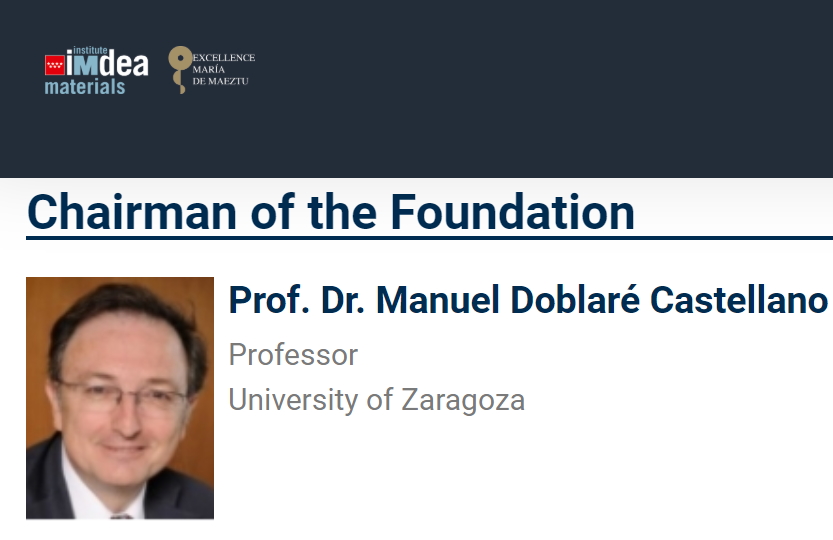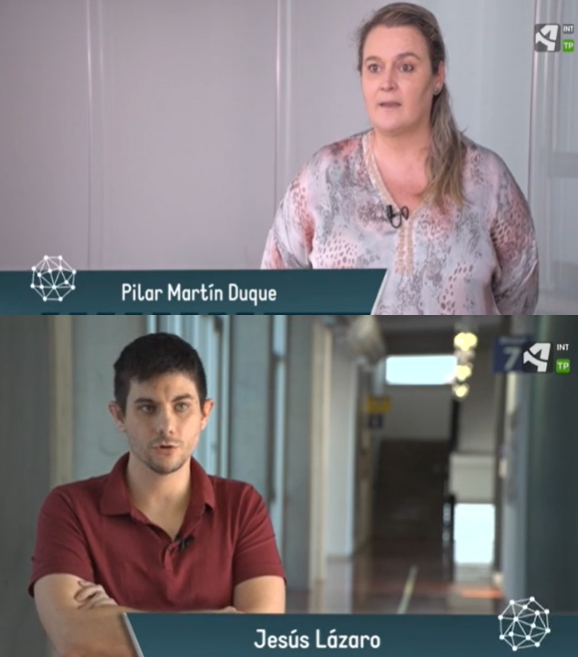The Scientific Director of NANBIOSIS Unit 7, awarded with the Narcís Monturiol medal for his contribution to science and technology
The Catalan Government announced yesterday the Narcís Monturiol Medal award for scientific and technological merit to the Director of NANBIOSIS Unit 7 Nanotechnology Unit from CIBER-BBN and IBEC, Josep Samitier Martí, for his contribution to the development of the Catalan system of science and technology.
The Narcís Monturiol Prize was established by the Generalitat of Catalonia in 1982, in honor of the Catalan scientist and inventor Narciso Monturiol, to award the people and entities that have made an outstanding contribution to the scientific and technological progress of Catalonia.
It is awarded in the form of medals and plaques. The medals are awarded to individuals, and the plates to legal entities.
This year, ten researchers from the Catalan knowledge system have received this distinction (Ramon Brugada and Terradellas, Paul Christou, M. Teresa Espinal and Farré, Manel Esteller, Pilar García Almirall, Paloma Mas, Victoria Reyes García, Jordi Salas-Salvadó, Josep Samitier and Martí and Sebastián Xambó Descamps), also the Institute of Photonic Sciences (ICFO) has received the Narcís Monturiol Plate, which recognizes an institution of the country.
For further information here
